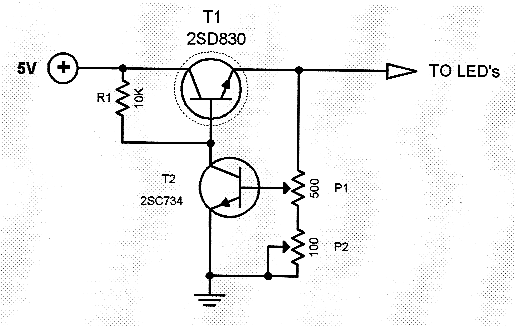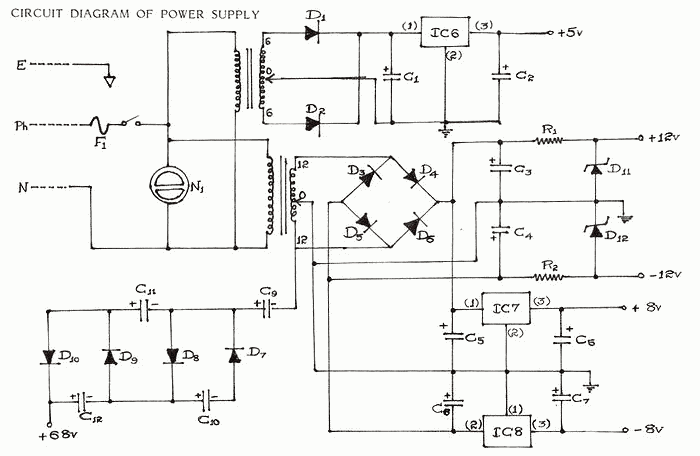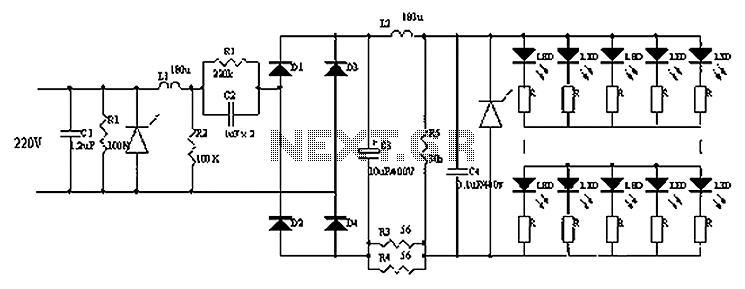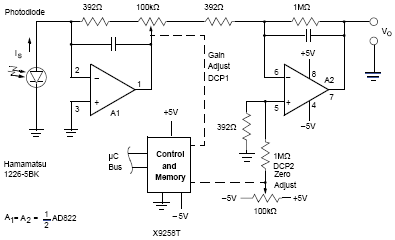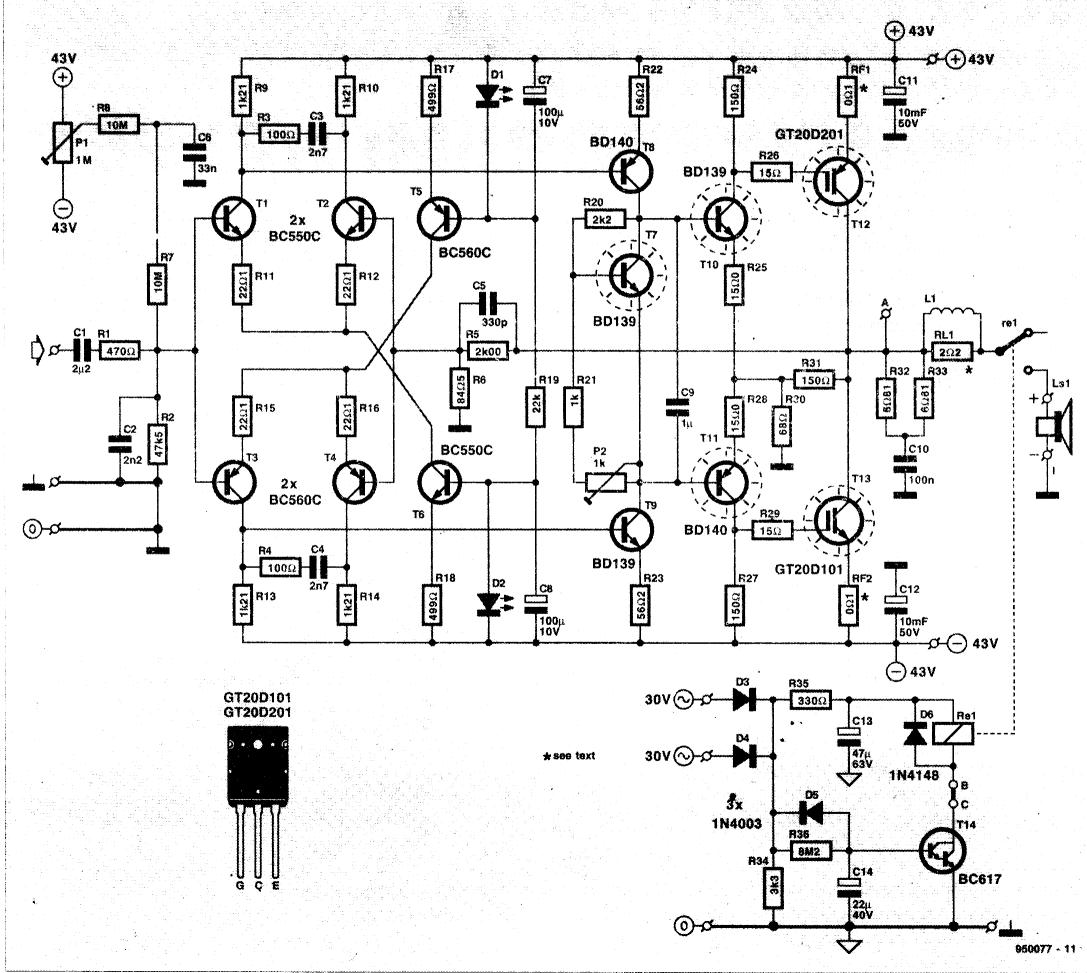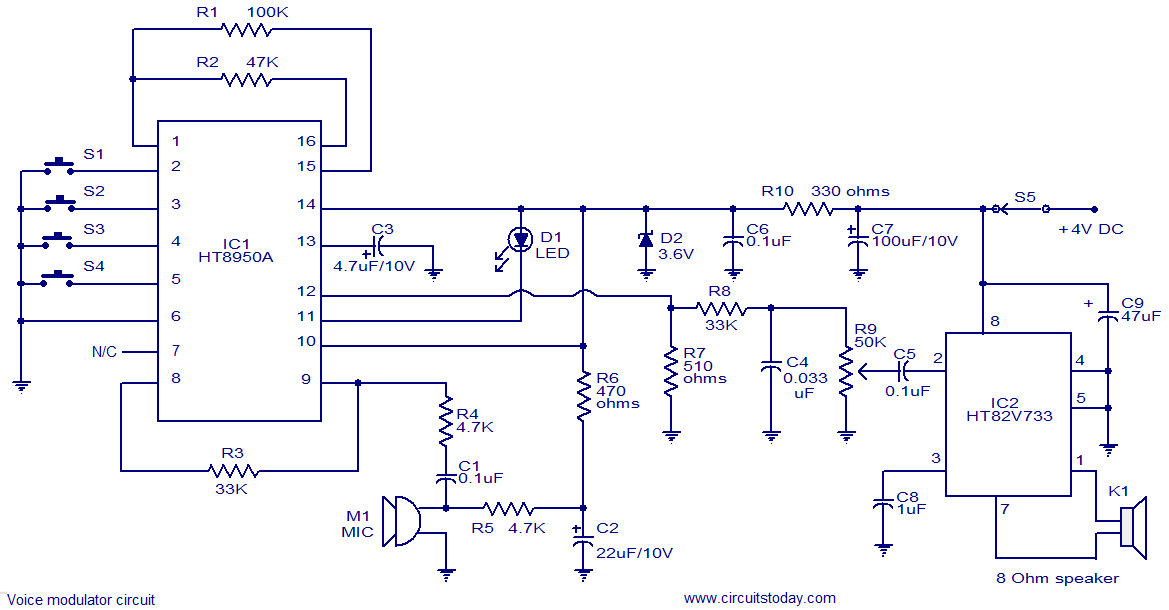
Flyback Power Supply Powers Subscriber Line Interface Circuit

Cable and xDSL modems are increasingly popular, leading to a need for designs that interface with existing telephones at subscriber locations. The subscriber line interface circuit (SLIC) within the modem must ring the phone and provide loop current during conversations. When the phone is ringing and "on-hook," it presents an 8k resistance in series with an additional 1k capacitive reactance. The SLIC must drive this impedance with a 45-VRMS, 20-Hz sine wave with a negative DC offset to ring the phone, necessitating a high voltage of between 50 and 105 V. Once the handset is lifted, the impedance across the phone terminals decreases significantly, prompting the SLIC to switch to a 20-mA constant-current mode, requiring only a 24 V power supply. The schematic of the power supply for the SLIC portion of the modem illustrates a circuit that provides multiple outputs from a single power switch and control IC. It employs an efficient n-channel MOSFET with low voltage stress, powered by a low input voltage flyback topology. The input source can be a widely varying AC adapter output (generally 2.5 to 1) or a regulated supply from another system component. The control IC, U2, modulates the duty cycle of Q2 to regulate the output voltage and generates a reference voltage that U1 uses to create an error signal. The control IC can operate in either current-mode or voltage-mode control. A significant advantage of the multi-winding approach is that one control circuit and a single MOSFET can supply two telephony voltages with good cross-regulation, despite large current swings on both outputs. The 24-V output experiences load current variations from 3 mA (all phones idle) to 80-100 mA (all phones off-hook), while the 72-V output ranges from 1 mA to a peak of 100 mA. Variations in the 24-V output voltage arise from the operational amplifier's offset voltages, typically around 3%, and divider and reference tolerances. The 72-V output also maintains cross-regulation despite transformer fluctuations and varying diode voltage drops, with its worst-case variation being less than 4 V, well below the 14-V requirement. The n-MOSFET in a multi-output flyback configuration minimizes conduction and switching losses, resulting in high efficiency. Efficiency measurements for the 72-V output under full load are provided over a broad input voltage range, showing approximately 90% efficiency at a 12-V input. However, efficiency decreases at lower input voltages due to increased conduction losses, while higher voltages lead to greater switching losses, further impacting efficiency.
The design of the power supply circuit for the SLIC in cable and xDSL modems is critical to ensure reliable operation and compatibility with existing telephone systems. The SLIC's ability to handle both ringing and conversation states necessitates careful consideration of the voltage and current requirements. The flyback topology utilized in the design allows for efficient voltage conversion and regulation, essential for maintaining the necessary output levels under varying load conditions.
The use of an n-channel MOSFET in this circuit is advantageous due to its low on-resistance, which reduces conduction losses during operation. This is particularly important in applications where high efficiency is required, such as in telecommunications equipment that must operate continuously without overheating. The control IC's ability to switch between current-mode and voltage-mode control further enhances the performance of the power supply, allowing for dynamic adjustments based on the load conditions.
Additionally, the multi-winding transformer design supports the simultaneous generation of both the 24-V and 72-V outputs, facilitating a compact and efficient solution. This design choice also aids in achieving good cross-regulation, ensuring that fluctuations in one output do not adversely affect the other. The operational amplifier's role in generating error signals is crucial for maintaining the desired output voltage levels, despite variations in load and input conditions.
In summary, the power supply circuit for the SLIC in cable and xDSL modems exemplifies a well-engineered solution that meets the demanding requirements of modern telecommunications. Its design considerations, including efficiency, voltage regulation, and load handling, contribute to the overall reliability and performance of the modem, ensuring that it can effectively interface with existing telephone infrastructure while providing high-quality service to subscribers.Cable and xDSL modems are experiencing increasing popularity. For this reason, many designs are now required to interface with existing telephones at the subscriber`s location. The subscriber line interface circuit (SLIC) within the modem has the additional burden of ringing the phone as well as providing loop current while a conversation is takin
g place. While the phone is ringing and "on-hook, " it appears as an 8k resistance in series with another 1k of capacitive reactance. Typically, the SLIC must be capable of driving this impedance with a 45-VRMS, 20-Hz sinewave with a negative dc-offset in order to ring the phone.
Therefore, a high voltage of between ’50 and ’105 V is usually mandated by the SLIC. Once the handset is lifted, the phone places a much lower impedance across the phone terminals, and the SLIC goes into a 20-mA constant-current mode. As a result, the SLIC only needs a power supply of ’24 V. Figure 1 shows the schematic of the power supply for the SLIC portion of the modem. This circuit provides multiple outputs from a single power switch and control IC. It also uses an efficient n-channel MOSFET with low voltage stress. A low input voltage powers a flyback topology. The input source could be either a widely differentiating (generally 2. 5 to 1) output from an ac adapter, or a regulated supply used by some other portion of the system. U2 is the brain of the power supply, as it modulates Q2`s duty factor to control the output voltage. Also, it produces a reference voltage inverting amplifier U1 uses to generate an error signal. The control IC can perform either in current-mode or voltage-mode control. A key advantage of the multi-winding approach is that a single control circuit and single MOSFET can supply two telephony voltages.
Good cross-regulation can be achieved even though the SLIC places large current swings on both outputs ( Fig. 2 ). With the ’24-V output, variations range from 3 mA of load current (when all phones are idle) to 80 to 100 mA of current (when all phones are off-hook).
The ’72-V output current can vary from 1 mA to a peak of 100 mA. Changes in the ’24-V output voltage occur due to the operational amplifier`s offset voltages, which are typically 3%, as well as divider and reference tolerances. Capable of such tolerances, the ’72-V output also offers cross regulation of the transformer and the fluctuating diode voltage drops.
Even with all of these variables, however, the ’72-V output`s worst-case variation is less than 4 V, way below the 14-V requirement. Because of its low conduction and switching losses, the n-MOSFET, multi-output flyback configuration provides excellent efficiency.
The efficiency measurements with the ’72-V output loaded to full current are given over a wide input voltage range ( Fig. 3 ). This design has been optimized with approximately 90% efficiency for a 12-V input. For the low input voltages, the efficiency is somewhat lower due to the increased conduction losses in the MOSFET.
But at high voltages, the higher switching losses cause the lower efficiency. 🔗 External reference
The design of the power supply circuit for the SLIC in cable and xDSL modems is critical to ensure reliable operation and compatibility with existing telephone systems. The SLIC's ability to handle both ringing and conversation states necessitates careful consideration of the voltage and current requirements. The flyback topology utilized in the design allows for efficient voltage conversion and regulation, essential for maintaining the necessary output levels under varying load conditions.
The use of an n-channel MOSFET in this circuit is advantageous due to its low on-resistance, which reduces conduction losses during operation. This is particularly important in applications where high efficiency is required, such as in telecommunications equipment that must operate continuously without overheating. The control IC's ability to switch between current-mode and voltage-mode control further enhances the performance of the power supply, allowing for dynamic adjustments based on the load conditions.
Additionally, the multi-winding transformer design supports the simultaneous generation of both the 24-V and 72-V outputs, facilitating a compact and efficient solution. This design choice also aids in achieving good cross-regulation, ensuring that fluctuations in one output do not adversely affect the other. The operational amplifier's role in generating error signals is crucial for maintaining the desired output voltage levels, despite variations in load and input conditions.
In summary, the power supply circuit for the SLIC in cable and xDSL modems exemplifies a well-engineered solution that meets the demanding requirements of modern telecommunications. Its design considerations, including efficiency, voltage regulation, and load handling, contribute to the overall reliability and performance of the modem, ensuring that it can effectively interface with existing telephone infrastructure while providing high-quality service to subscribers.Cable and xDSL modems are experiencing increasing popularity. For this reason, many designs are now required to interface with existing telephones at the subscriber`s location. The subscriber line interface circuit (SLIC) within the modem has the additional burden of ringing the phone as well as providing loop current while a conversation is takin
g place. While the phone is ringing and "on-hook, " it appears as an 8k resistance in series with another 1k of capacitive reactance. Typically, the SLIC must be capable of driving this impedance with a 45-VRMS, 20-Hz sinewave with a negative dc-offset in order to ring the phone.
Therefore, a high voltage of between ’50 and ’105 V is usually mandated by the SLIC. Once the handset is lifted, the phone places a much lower impedance across the phone terminals, and the SLIC goes into a 20-mA constant-current mode. As a result, the SLIC only needs a power supply of ’24 V. Figure 1 shows the schematic of the power supply for the SLIC portion of the modem. This circuit provides multiple outputs from a single power switch and control IC. It also uses an efficient n-channel MOSFET with low voltage stress. A low input voltage powers a flyback topology. The input source could be either a widely differentiating (generally 2. 5 to 1) output from an ac adapter, or a regulated supply used by some other portion of the system. U2 is the brain of the power supply, as it modulates Q2`s duty factor to control the output voltage. Also, it produces a reference voltage inverting amplifier U1 uses to generate an error signal. The control IC can perform either in current-mode or voltage-mode control. A key advantage of the multi-winding approach is that a single control circuit and single MOSFET can supply two telephony voltages.
Good cross-regulation can be achieved even though the SLIC places large current swings on both outputs ( Fig. 2 ). With the ’24-V output, variations range from 3 mA of load current (when all phones are idle) to 80 to 100 mA of current (when all phones are off-hook).
The ’72-V output current can vary from 1 mA to a peak of 100 mA. Changes in the ’24-V output voltage occur due to the operational amplifier`s offset voltages, which are typically 3%, as well as divider and reference tolerances. Capable of such tolerances, the ’72-V output also offers cross regulation of the transformer and the fluctuating diode voltage drops.
Even with all of these variables, however, the ’72-V output`s worst-case variation is less than 4 V, way below the 14-V requirement. Because of its low conduction and switching losses, the n-MOSFET, multi-output flyback configuration provides excellent efficiency.
The efficiency measurements with the ’72-V output loaded to full current are given over a wide input voltage range ( Fig. 3 ). This design has been optimized with approximately 90% efficiency for a 12-V input. For the low input voltages, the efficiency is somewhat lower due to the increased conduction losses in the MOSFET.
But at high voltages, the higher switching losses cause the lower efficiency. 🔗 External reference
Warning: include(partials/cookie-banner.php): Failed to open stream: Permission denied in /var/www/html/nextgr/view-circuit.php on line 713
Warning: include(): Failed opening 'partials/cookie-banner.php' for inclusion (include_path='.:/usr/share/php') in /var/www/html/nextgr/view-circuit.php on line 713
